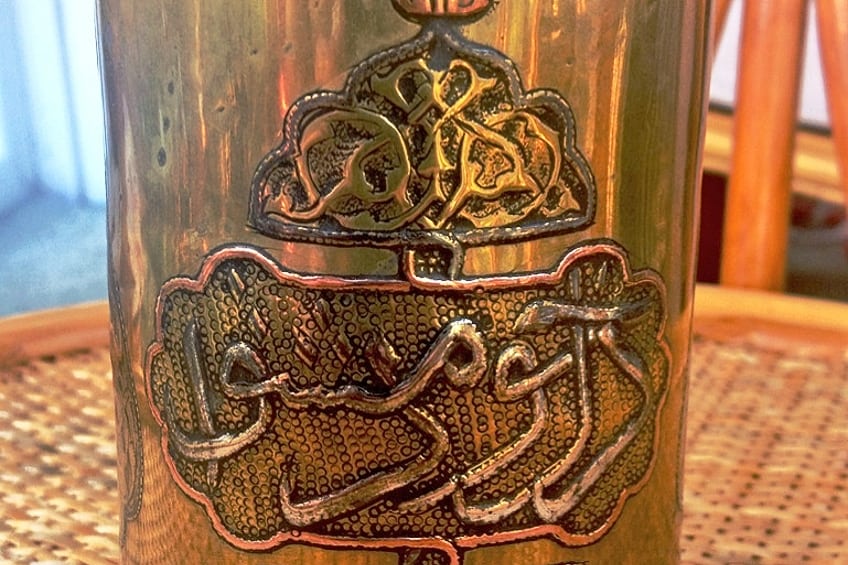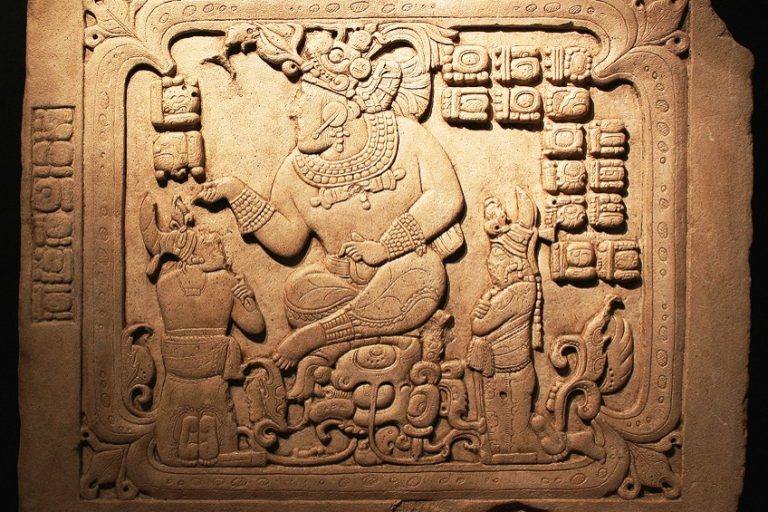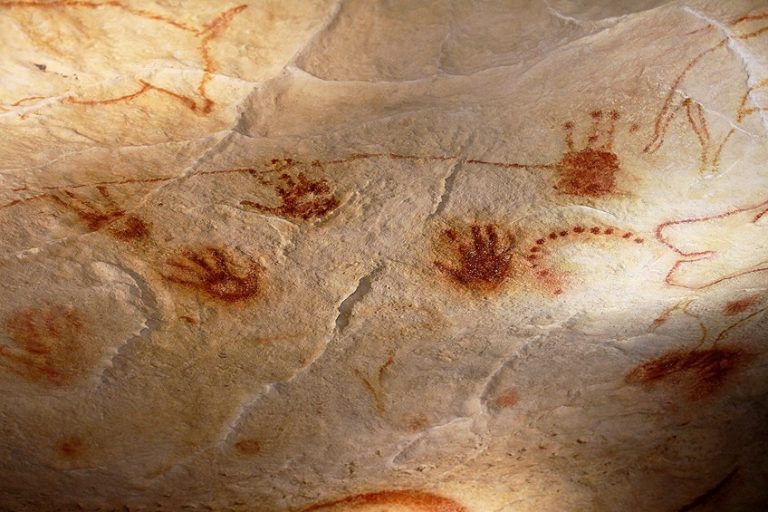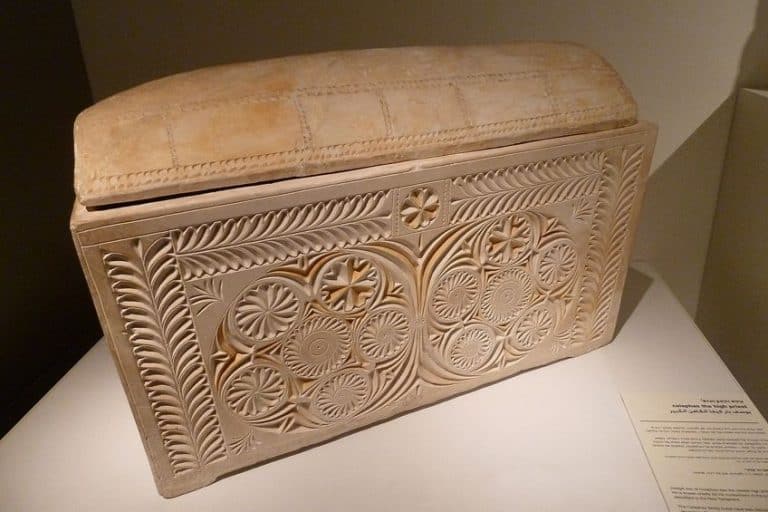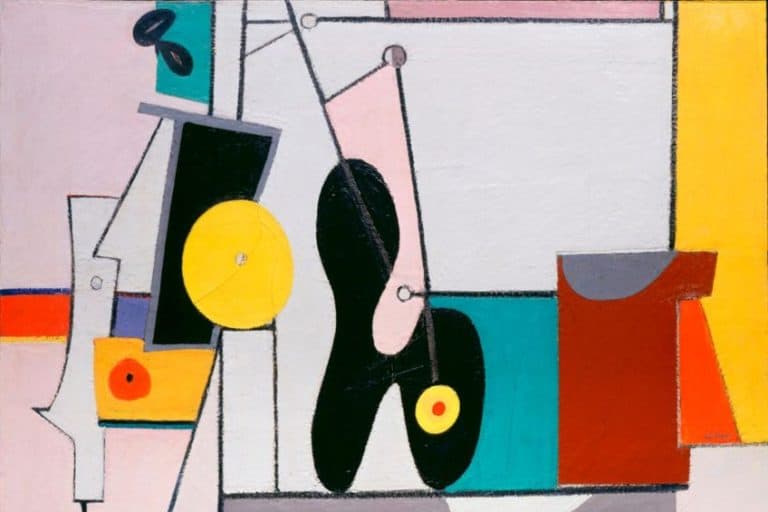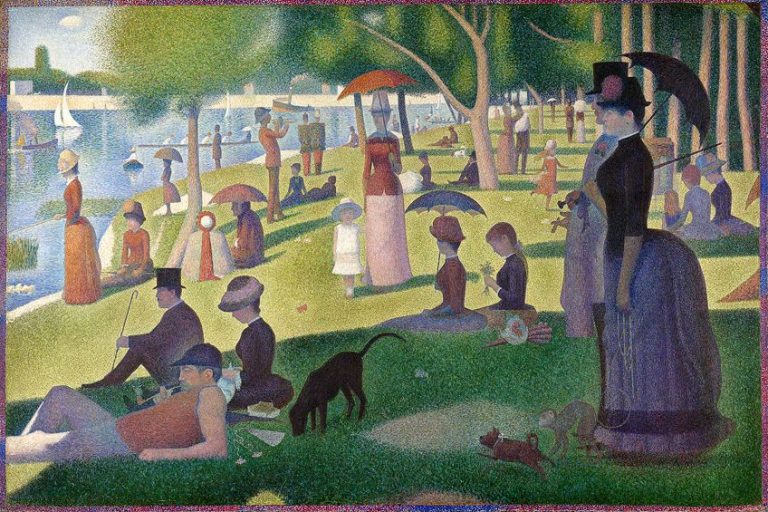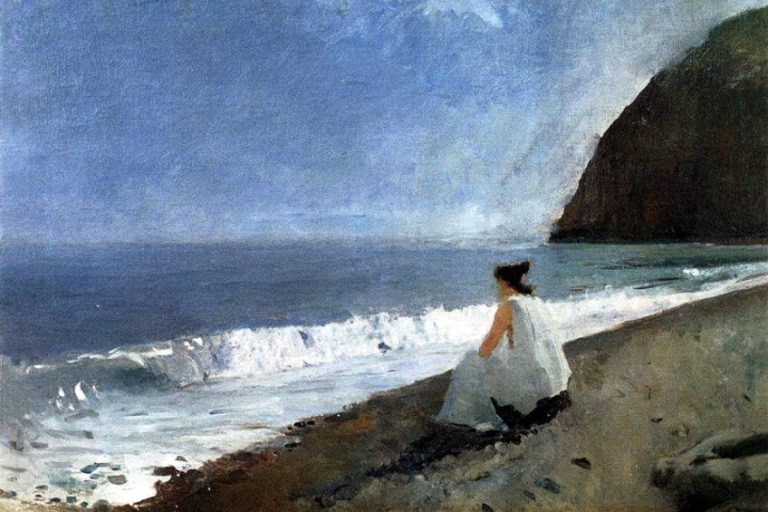Trench Art – From the Front Lines to Fine Art
In the realm of artistic expression born from the crucible of conflict, WW1 Trench art stands as a poignant testament to the human spirit’s resilience amid the chaos of war. Among the myriad forms that this artistic ingenuity takes, artillery shell Trench art emerges as a captivating embodiment of creativity amidst destruction. But what is Trench art, precisely, and how did it come to be? Delving into the fascinating world of Trench art, this article seeks to unravel the historical tapestry woven by the hands of soldiers and civilians alike, exploring the origins, significance, and diverse manifestations of this unique artistic genre that emerged from the trenches of World War One.
Crafting Stories from the Battlefield: What Is Trench Art?
In the aftermath of the First World War, a unique form of artistic expression emerged from the grim realities of the Trenches. Trench art, a term that encompasses a wide array of handmade artifacts crafted by soldiers and civilians from the discarded materials of war, serves as a poignant reminder of the resilience of the human spirit amid the chaos of conflict. From intricately carved artillery shells to ingeniously repurposed shrapnel, these artifacts tell stories of creativity, resourcefulness, and a profound need for catharsis.
Socio-Political Context
The emergence of WW1 Trench art unfolded within the intricate web of socio-political dynamics that defined the era. The conflict itself was fueled by a complex interplay of imperial ambitions, nationalist fervor, and entangling alliances among European powers. As the war escalated into a protracted and devastating stalemate along the Western Front, the trenches became symbolic of the larger geopolitical impasse. The introduction of modern military technologies and the industrialization of warfare resulted in unprecedented carnage and physical devastation.
A trench, in the context of World War One, is a long, narrow excavation in the ground that served as a strategic military fortification.
These trenches were a defining feature of the war, especially along the Western Front, where opposing armies faced each other in a lengthy and brutal deadlock. Trenches were used as defensive structures, providing soldiers with cover from enemy gunfire and artillery shelling. The intricate network of trenches included features such as parapets, fire steps, and dugouts, creating a complex system that stretched for miles across the battlefield. The use of trenches was necessitated by the evolution of military technology, which had outpaced traditional battlefield strategies. With the advent of powerful machine guns and long-range artillery, soldiers needed protection from the devastating firepower of their adversaries. Trenches offered a means of minimizing exposure to enemy fire, allowing troops to navigate the hazardous landscape of no man’s land while seeking cover and strategic advantages.

The soldiers who found themselves entrenched in this brutal reality faced not only the constant threat of enemy attacks but also the dehumanizing conditions of life in the trenches—mud, disease, and a pervasive sense of hopelessness. Trench art emerged as a response to these grim circumstances, reflecting the need for individual soldiers to assert their agency and humanity amidst the overwhelming destruction.
Amid such a colossal and impersonal conflict, Trench art provided a means for personal expression, a way to create beauty amid the chaos, and a form of therapy for soldiers grappling with the psychological toll of war.
This socio-political context underscores the profound significance of trench art as a mirror reflecting the lived experiences of those on the front lines. It speaks to the resilience of the human spirit and the innate drive for creativity and individuality even in the harshest of environments. Trench art, therefore, stands as both an artifact of the socio-political conditions of World War One and a testament to the enduring capacity of humanity to find solace and expression during unprecedented turmoil.
Origins of Trench Art: An Artistic Response to War
The term “Trench art” itself is a testament to the broad spectrum of creative expressions that emerged from the front lines. Soldiers, using the limited resources at their disposal, ingeniously transformed discarded materials into meaningful works of art. Decorated shell casings became canvases for intricate engravings, each etch telling a story of the individual who crafted it. Bullets, originally instruments of destruction, were repurposed into miniature sculptures, adorned with meticulous carvings that reflected the unique perspectives and emotions of the creators.
Beyond traditional mediums, Trench art extended to unexpected materials.
Carved bone, salvaged from the remains of wartime casualties or sourced from the battlefield, took on new life as intricate sculptures and ornate trinkets. Even pieces of military equipment, no longer serving their original purpose, found themselves repurposed and transformed into symbols of artistic resilience. The genesis of Trench art can be seen as an intuitive response to the psychological toll of war. In the face of prolonged periods of waiting, during which the soldiers grappled with the uncertainty of their fate, creativity became a means of distraction, a way to maintain a semblance of normalcy in chaos.

These makeshift art forms not only provided an outlet for expression but also served as tangible reminders of the humanity that persisted amidst the dehumanizing landscape of war. As the trenches became crucibles for creativity, Trench art became a way for individuals to assert agency over their circumstances, transforming the remnants of destruction into objects of personal and collective significance. The origins of Trench art, rooted in the ingenuity of those who lived through the horrors of war, reflect the resilience of the human spirit and its innate drive to find beauty even in the most dire of circumstances.
Craftsmanship in Conflict: Artistry Amidst Destruction
Artillery shell Trench art represents a remarkable fusion of creativity and destruction, a testament to the indomitable spirit of individuals amidst the harsh realities of conflict. In the crucible of war, soldiers found themselves equipped not only with basic tools but also surrounded by an abundance of discarded artillery shells, the remnants of destructive force. In an act of profound artistic ingenuity, these soldiers transformed these grim reminders of war into intricate and thought-provoking pieces of art. The process of creating artillery shell Trench art was, in itself, a delicate dance between craftsmanship and the destructive nature of the materials at hand. Soldiers, often lacking in formal artistic training, turned to their innate creativity and resourcefulness to shape these shells into objects of aesthetic beauty.
The transformation began with the careful preparation of the surface, as soldiers cleaned, polished, and sometimes reshaped the metal to provide a suitable canvas for their artistic endeavors.
Elaborate engravings, etched with precision and skill, adorned the surfaces of these shells. These engravings told stories – stories of camaraderie, of loss, of the soldier’s hometowns, and sometimes, tales of hope and dreams for a future beyond the battlefield. Each line and curve carried the weight of the artist’s experiences, turning the cold steel into a medium for personal expression. Delicate sculptures emerged, carved with meticulous detail. Soldiers utilized their rudimentary tools to shape the metal into three-dimensional forms that ranged from miniature replicas of iconic landmarks to poignant representations of the human form.

The juxtaposition of the harsh, unforgiving material with the intricacy of the sculptures conveyed a profound message – that even in the face of destruction, beauty could be found and created. Detailed carvings, sometimes incorporating elements of symbolism and cultural motifs, added another layer of complexity to artillery shell Trench art. Soldiers drew inspiration from their own backgrounds, infusing the pieces with a sense of identity and connection to their roots. These carvings not only served as a means of artistic expression but also as a way for soldiers to reclaim a sense of individuality in the midst of the uniformity imposed by military life.
The Diversity of Trench Art: Beyond Artillery Shells
The world of Trench art extends far beyond the iconic imagery of decorated artillery shells, revealing a diverse and captivating tapestry of creativity born from the crucible of conflict. While artillery shell Trench art may be the most widely recognized, the sheer variety of materials employed by soldiers and civilians in crafting these artifacts speaks to the breadth of human ingenuity amidst adversity. Bullet casings, once discarded remnants of battlefields, found new life as canvases for complex engravings and miniature sculptures. Soldiers, armed with basic tools and a surplus of spent cartridges, transformed these symbols of devastation into personalized works of art. The minute scale of these creations added a level of intimacy, allowing for detailed expressions of emotion, identity, and commemoration.
Aircraft parts, another unexpected medium, provided a unique canvas for Trench artists.
Propellers, engine components, and fuselage fragments became the raw materials for sculptures that often showcased a deep connection to the skies. These pieces not only celebrated the technological advancements of the era but also paid homage to the airmen who soared above the Trenches, their stories immortalized in the metal they left behind. Everyday items, too, found a place in the world of Trench art. Soldiers, faced with the harsh realities of Trench life, ingeniously repurposed items such as mess kits, helmets, and even discarded uniforms into works of art. These creations served not only as aesthetic expressions but also as reminders of the mundane aspects of daily life amid the chaos of war. Such pieces provide a unique glimpse into the resilience and adaptability of individuals, as they sought to inject elements of beauty and normalcy into their wartime existence.

Each piece of Trench art, regardless of the material used, encapsulates a unique story. These artifacts offer a window into the daily lives, emotions, and cultural perspectives of those who created them. Whether it be a meticulously carved bullet casing, a sculpture crafted from aircraft parts, or a utilitarian object repurposed into a work of art, each piece speaks to the individuality of its creator and the collective spirit of a generation shaped by the trials of war. Beyond their aesthetic appeal, these diverse forms of Trench art serve as tangible connections to the past, offering a nuanced understanding of the human experience during times of conflict. The breadth of materials employed reflects not only the scarcity of resources but also the depth of human resilience and the unwavering desire for self-expression in the face of adversity.
Trench art, in all its diversity, stands as a testament to the enduring spirit of creativity amidst the chaos of war.
Trench Art Beyond World War One: A Global Phenomenon
The legacy of Trench art, born amid the Trenches of World War One, transcended the boundaries of its origins and evolved into a global phenomenon. Beyond the Great War, the artistic ingenuity that characterized Trench art continued to thrive, leaving an indelible mark on subsequent conflicts, including the tumultuous landscapes of World War Two and beyond. This enduring phenomenon attests to the resilience of the human spirit and the unwavering desire for creative expression even in the darkest hours of history. As the world plunged into the chaos of World War Two, Trench art witnessed a resurgence. Soldiers once again faced with the harsh realities of conflict, turned to artistic endeavors as a means of coping with the uncertainties of war. The materials might have changed, but the essence remained the same – a creative response to the tumultuous events that unfolded on the global stage.
Artifacts from this era bear witness to the evolving nature of Trench art, showcasing adaptations to new technologies, weaponry, and cultural shifts.
In the aftermath of World War Two, Trench art persisted in conflicts across the globe. From the Korean War to the Vietnam War and beyond, individuals continued to create art from the remnants of war. Each piece became a reflection of the specific circumstances of its creation, a silent witness to the experiences, emotions, and resilience of those who lived through these turbulent times. Trench art from later conflicts often incorporated new materials and reflected changing cultural dynamics. The artifacts became not only expressions of individual creativity but also powerful symbols of the collective spirit that endured in the face of adversity.

Bullet casings, aircraft parts, and discarded military equipment continued to serve as the raw materials for these creations, connecting each piece to the historical context from which it emerged. Moreover, the global nature of Trench art expanded its cultural dimensions. Artists from different regions and backgrounds infused their creations with unique perspectives, traditions, and symbolism. This diversity not only enriched the artistic landscape but also emphasized the shared humanity that transcends borders, even in times of conflict.
Preserving the Legacy: Trench Art in Museums and Collections
The artistic legacy of Trench art has found a new home in museums and collections around the world. As these artifacts gained recognition for their historical significance and artistic merit, collectors, historians, and institutions dedicated to preserving the memories of past conflicts have taken a keen interest in acquiring and showcasing these poignant pieces. Trench art, once overlooked and discarded remnants of war, now stands as a tangible link to the past, carefully preserved to honor the individuals who crafted these unique expressions of human resilience. Collectors with a passion for military history have played a crucial role in preserving Trench art. These individuals recognize the historical and cultural value embedded in each artifact, viewing them not merely as relics but as powerful symbols of the human experience during times of conflict.
Their efforts to acquire and safeguard Trench art contribute to the ongoing narrative of war, providing future generations with tangible connections to the individuals who lived through these tumultuous periods.
Museums, particularly those dedicated to military history, have become custodians of Trench art, curating exhibitions that tell the compelling stories behind each piece. These institutions carefully catalog and display these artifacts, acknowledging their significance in shaping our understanding of the human condition in times of war. Trench art exhibitions offer visitors a unique opportunity to witness the creativity, resourcefulness, and emotional depth encapsulated in each artifact, fostering a profound connection between the past and the present. The decision to include Trench art in museum collections goes beyond the mere preservation of physical objects; it is a conscious effort to honor the individuals who, amid the chaos of conflict, turned to art as a means of expression and solace.

These artifacts, ranging from intricately engraved artillery shells to delicately carved bone sculptures, tell stories of courage, camaraderie, and the enduring human spirit. By showcasing Trench art, museums contribute to a broader understanding of war—one that acknowledges the multifaceted ways individuals coped with the harsh realities of their time. Moreover, the public display of Trench art allows for a wider audience to engage with these artifacts and contemplate their historical and artistic significance. Visitors to military history museums are afforded the opportunity to connect with the past on a deeply personal level, as they witness the tangible outcomes of creativity amidst destruction.
Trench art exhibitions serve as a living testament to the resilience of the human spirit and provide a platform for dialogue about the complex emotions and experiences that arise during times of conflict.
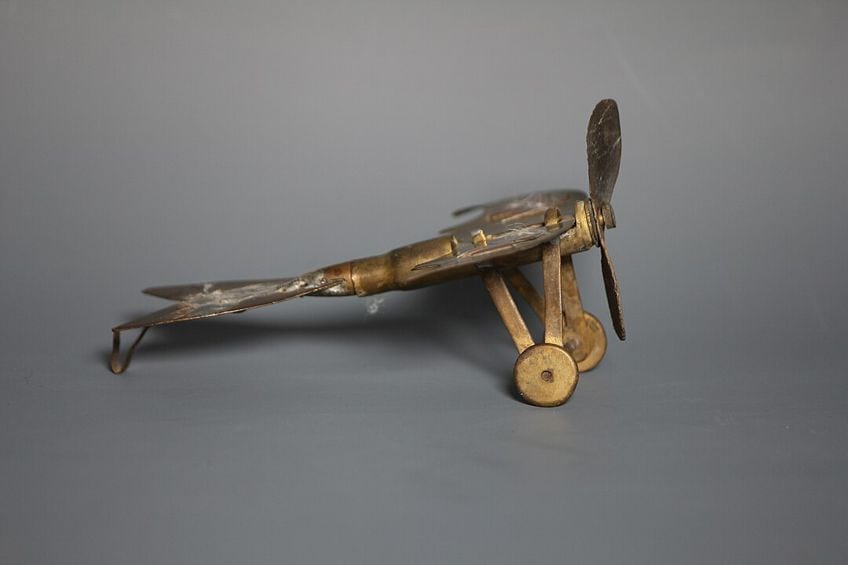
In essence, the preservation of Trench art in museums and collections ensures that these poignant pieces endure as powerful witnesses to the human condition during wartime. By carefully cataloging, displaying, and interpreting these artifacts, collectors, historians, and institutions contribute to the ongoing narrative of our shared history, fostering a collective remembrance of the individuals who, against all odds, found a way to express beauty and humanity amid chaos.
Sensitivity Around Trench Art
While appreciating Trench art for its historical and artistic value is valid, the uncritical celebration or romanticization of these artifacts can pose intricate ethical and historical challenges. Elevating Trench art to an almost revered status might inadvertently glamorize or romanticize the wars from which these pieces originated, potentially obscuring the harsh and devastating realities of armed conflict. It is imperative to acknowledge that these artifacts emerged while suffering, loss, and profound trauma.
Exalting Trench art also opens the door to potential commodification, as collectors and enthusiasts may seek to acquire these pieces without due consideration for the deeper historical and emotional contexts.
This commodification risks turning poignant expressions of human struggle into market commodities, potentially diminishing their intrinsic value. Moreover, a singular focus on trench art may divert attention away from broader socio-political issues that fueled the conflicts where these artifacts were created. It is essential to approach trench art with a nuanced perspective, recognizing the individual stories it encapsulates while remaining attuned to the collective impact of war on societies and nations. Another problematic aspect lies in the potential for cultural appropriation or misunderstanding. Trench art often features specific cultural symbols, and a superficial or misinformed appreciation may overlook the deeper meanings embedded in these artifacts, contributing to a distortion of historical narratives.

While appreciating the historical and artistic significance of Trench art is essential, a careful and thoughtful approach is necessary. Celebrating these artifacts without critically examining their broader contexts risks oversimplifying the complex realities of war and may inadvertently contribute to the perpetuation of harmful narratives. A respectful and mindful exploration of trench art should prioritize understanding the human experiences it represents and foster a reflective comprehension of the impact of armed conflicts on individuals and societies.
In the intricate tapestry of human history, WW1 Trench art stands as a testament to the enduring spirit of creativity in the face of unimaginable adversity. From the solemn trenches of the First World War emerged a profound artistic response to the ravages of conflict, encapsulated in the poignant form of artillery shell Trench art. As we navigated the delicate engravings, delicate sculptures, and detailed carvings that adorn these artifacts, it becomes clear that Trench art is more than a collection of war relics; it is a testament to the enduring power of art to transcend the darkness of war and illuminate the human spirit with the flicker of creativity and hope.
Frequently Asked Questions
What Is a Trench and How Was It Used?
A trench is a long, narrow excavation in the ground, typically deeper than it is wide. In a military context, trenches have historically been utilized as defensive structures, providing soldiers with cover and protection from enemy fire during times of conflict. The construction of trenches became particularly prevalent during World War One, where vast networks of trenches formed an intricate system known as trench warfare. Trenches served as a crucial component of strategic defense, allowing troops to shelter from artillery shelling, gunfire, and other hazards. They were characterized by features such as parapets, fire steps, and dugouts, providing soldiers with both cover and vantage points for engaging the enemy. Trenches were interconnected to form elaborate systems that stretched across the battlefronts, creating a complex and challenging environment where military operations unfolded during the war.
What Is Trench Art?
Trench art refers to a unique genre of artistic expression that emerged during periods of conflict, notably World War One and subsequent wars. It encompasses a diverse range of handmade artifacts crafted by soldiers and civilians from the discarded materials of war, such as artillery shells, bullet casings, and other military equipment. Trench art is characterized by its ingenuity, resourcefulness, and the poignant stories embedded within each piece. The term Trench art originated from its roots in the trenches of World War One, where soldiers, facing prolonged periods of inactivity, turned to creative endeavors as a means of coping with the harsh realities of warfare. These artifacts, often adorned with intricate engravings, carvings, or other decorative elements, serve as tangible expressions of human resilience and the desire for a connection to beauty and normalcy amid the chaos of conflict.
Nicolene Burger is a South African multi-media artist, working primarily in oil paint and performance art. She received her BA (Visual Arts) from Stellenbosch University in 2017. In 2018, Burger showed in Masan, South Korea as part of the Rhizome Artist Residency. She was selected to take part in the 2019 ICA Live Art Workshop, receiving training from art experts all around the world. In 2019 Burger opened her first solo exhibition of paintings titled, Painted Mantras, at GUS Gallery and facilitated a group collaboration project titled, Take Flight, selected to be part of Infecting the City Live Art Festival. At the moment, Nicolene is completing a practice-based master’s degree in Theatre and Performance at the University of Cape Town.
In 2020, Nicolene created a series of ZOOM performances with Lumkile Mzayiya called, Evoked?. These performances led her to create exclusive performances from her home in 2021 to accommodate the mid-pandemic audience. She also started focusing more on the sustainability of creative practices in the last 3 years and now offers creative coaching sessions to artists of all kinds. By sharing what she has learned from a 10-year practice, Burger hopes to relay more directly the sense of vulnerability with which she makes art and the core belief to her practice: Art is an immensely important and powerful bridge of communication that can offer understanding, healing and connection.
Nicolene writes our blog posts on art history with an emphasis on renowned artists and contemporary art. She also writes in the field of art industry. Her extensive artistic background and her studies in Fine and Studio Arts contribute to her expertise in the field.
Learn more about Nicolene Burger and the Art in Context Team.
Cite this Article
Nicolene, Burger, “Trench Art – From the Front Lines to Fine Art.” Art in Context. January 12, 2024. URL: https://artincontext.org/trench-art/
Burger, N. (2024, 12 January). Trench Art – From the Front Lines to Fine Art. Art in Context. https://artincontext.org/trench-art/
Burger, Nicolene. “Trench Art – From the Front Lines to Fine Art.” Art in Context, January 12, 2024. https://artincontext.org/trench-art/.


